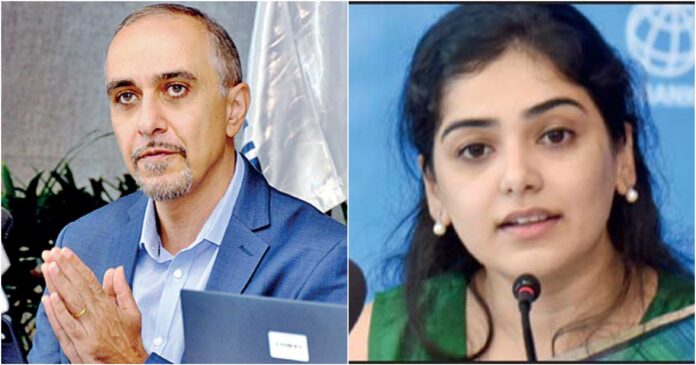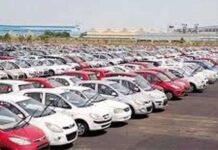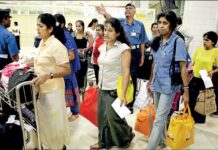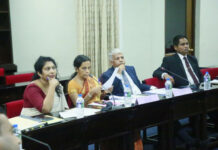Sri Lanka’s economy is projected to grow by 4.6% in 2025 before moderating to 3.5% in 2026, driven by a modest rebound in industry and steady growth in services, according to the World Bank’s latest Sri Lanka Development Update titled “Better Spending for All.”
The report, launched in Colombo yesterday, cautioned that the recovery remains fragile and depends on the country’s ability to implement deep and sustained reforms.
World Bank Country Manager Gevorg Sargsyan said Sri Lanka’s economy grew around 5% in the first half of 2025, supported by stronger industrial and service activity, stable inflation, and improved credit access. He noted that government finances had strengthened with higher revenue and lower deficits, but warned that poverty remains twice as high as pre-crisis levels, with 22% of the population below the poverty line.
Sargsyan called for urgent reforms in trade, investment, taxation, and job creation, stressing that private sector-led growth is the only viable path due to limited fiscal space. He urged smarter public spending to free resources for infrastructure, education, and health.
World Bank Economist Shruti Lakhtakia said the recovery had continued for a second year, with growth driven mainly by household consumption. She noted that while fiscal buffers had improved, reduced capital investment and rising food insecurity remain concerns.
The report concluded that Sri Lanka has stabilised its economy, but sustaining growth and reducing poverty will require consistent policies, stronger competitiveness, and more efficient public spending.



